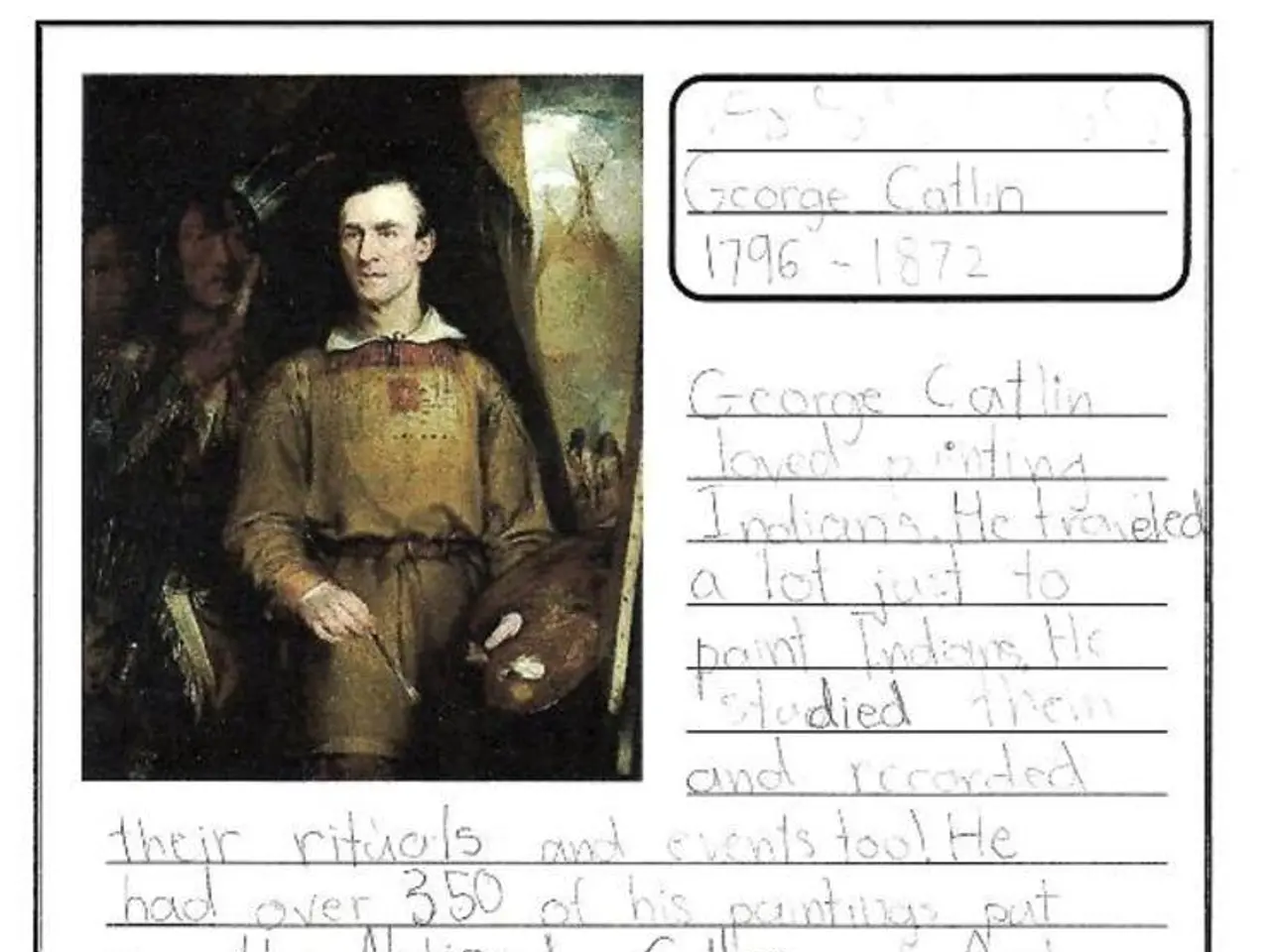Cultural Reflections: Ancient Beliefs Examined Through Myths and Legends
In the rich tapestry of human history, myths and legends have played an indispensable role, serving as a bridge connecting us to our ancestors and their beliefs. These timeless stories offer insights into human nature, cultural norms, and the questions that have puzzled humanity since time immemorial.
The preservation of these tales ensures that future generations remain connected to their ancestral beliefs, fostering a continuing conversation between past and present. For instance, understanding the genealogical charts of Greek mythology is essential to comprehend the intricate relationships between deities and mortals.
Myths and legends offer a window into our past, inviting us to examine our beliefs and reflect on our origins. They provide foundational narratives that explain natural phenomena, human origins, and social order. In many ancient civilizations, ruling families justified their authority through myths of divine origin, reinforcing social hierarchies and cultural norms.
Beyond their explanatory function, myths and legends are deeply embedded in cultural identity. The Yolngu people of northern Australia, for example, use their "Songlines" - sacred pathways woven into their mythology - to connect their land, spirituality, and social laws. Similarly, diverse Indian folklores emphasize regional identities and social roles, reinforcing a community's cultural fabric.
In modern contexts, myths and legends continue to impact cultural identity by maintaining collective memory and cultural heritage. Folklore preserves community customs, artistic expressions, and traditional knowledge, such as medicinal uses of plants. It perpetuates cultural awareness and continuity even amid social changes, adapting to new challenges while retaining core ancestral wisdom.
The Marvel Cinematic Universe's portrayal of Thor, for instance, retains the essence of Norse mythology, introducing these ancient stories to a new generation. Myths and legends remain relevant in contemporary society, being retold, reimagined, and reinvented across various mediums. Lineage stories in myths reveal the importance cultures place on heritage and ancestry, often tracing back to a common mythical ancestor.
In essence, myths and legends shape cultural identity and collective memory by embedding foundational beliefs, moral codes, and social organization within narrative forms that persist through ritual and storytelling. Their ongoing relevance lies in their ability to connect present communities with their past, sustaining cultural heritage and imparting wisdom that remains meaningful today.
- The enduring appeal of myths and legends is evident in modern pop-culture, as seen in the Marvel Cinematic Universe's adaptation of Thor, which connects ancient Norse mythology with a new generation.
- Just as myths of divine origin were used by ancient ruling families to reinforce social hierarchies, today's fashion-and-beauty industry uses iconic symbols and narratives to determine trends and shape societal norms.
- Much like the Yolngu people's Songlines, contemporary travel experiences often follow narrative paths that connect cultures, fostering a deeper understanding of people's roots and traditions.
- In the realm of books, the popular genre of sci-fi-and-fantasy often draws heavily from myths and legends, offering imaginative twists on ancient tales while retaining their core messages about human nature and cultural norms.




